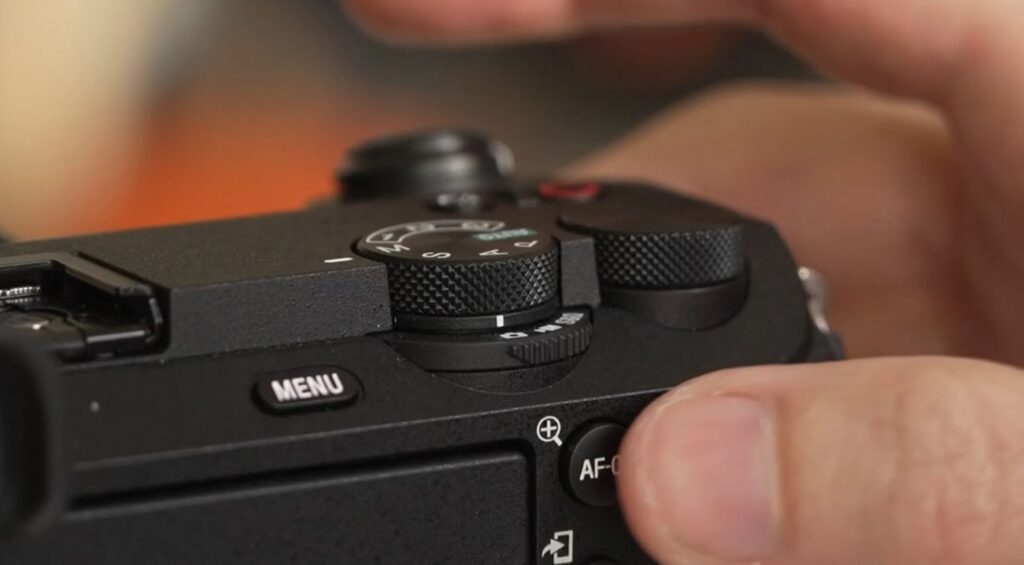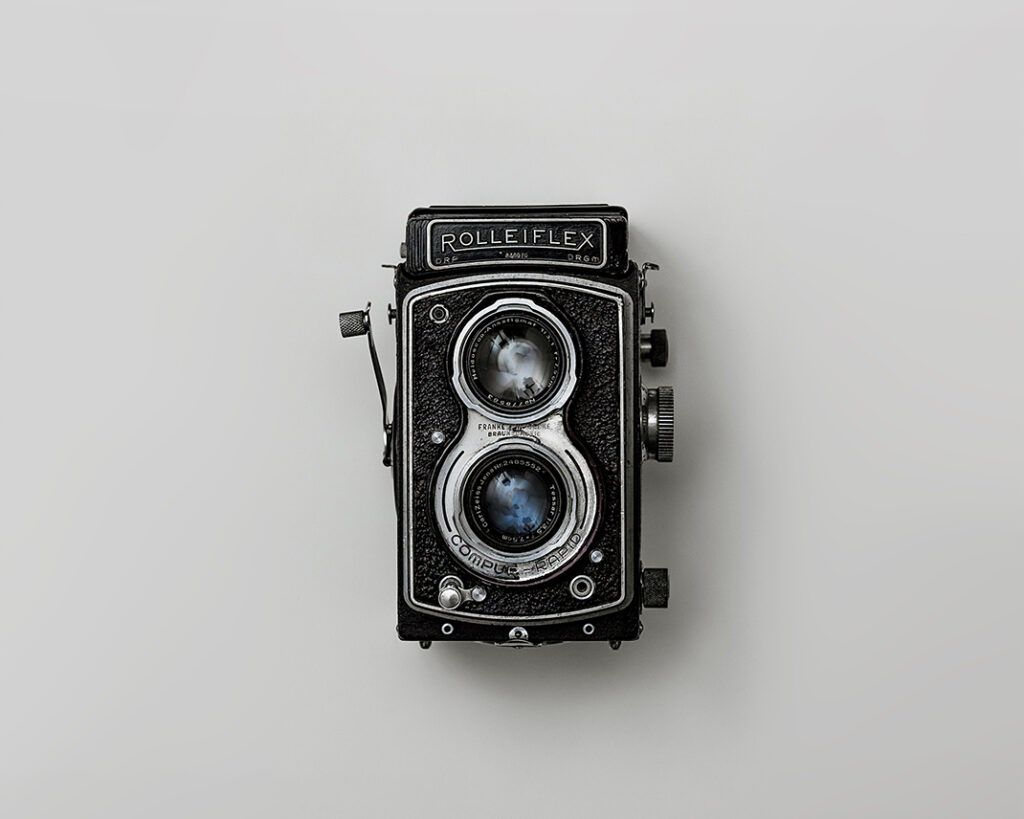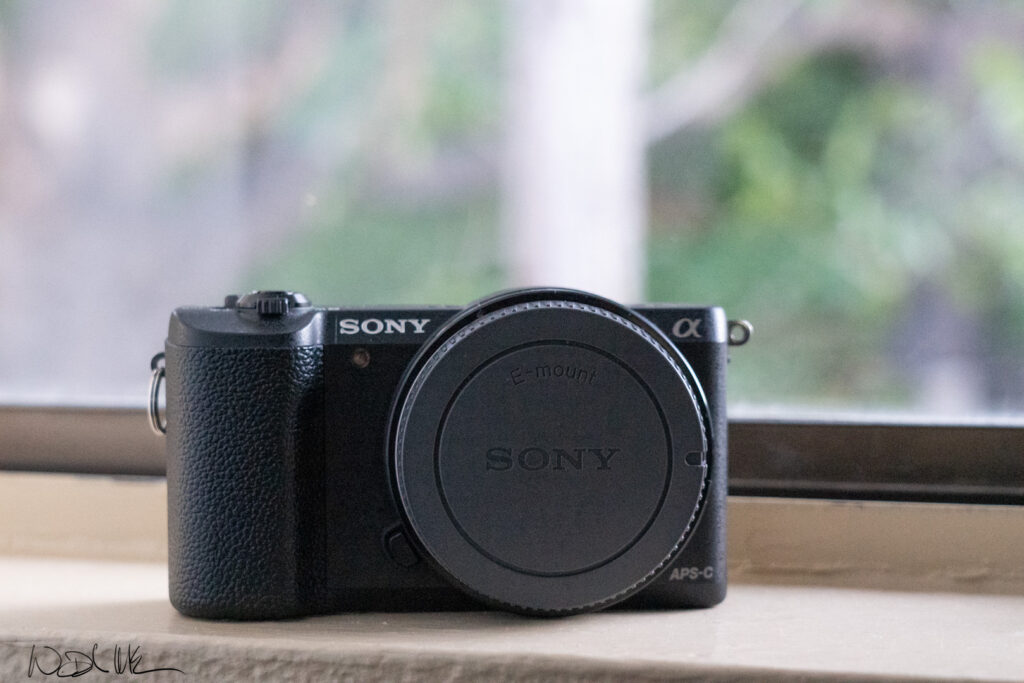Everyone has a different opinion on the best way to focus. Back button focus used to be the preferred method for speed and accuracy, but all that has changed with AI and eye detect autofocus.
I’ve used both, but I recently switched back to front shutter focus. It’s faster, more ergonomic, and works better for subject detection.
Back Button Focus
Back button focus is a technique in photography where the focusing function is separated from the shutter button, typically assigned to a dedicated button on the back of the camera. Traditionally, when you press the shutter button halfway down, the camera both focuses and meters the scene before taking the picture when fully pressed.
With back button focus, the focusing responsibility is assigned to a button on the rear of the camera, leaving the shutter button solely for capturing the image.
Pros and Cons for Back Button Focus
Back button focus has long been hailed as a reliable method for achieving precision in focusing. Here are its pros and cons:
Pros
- Control: Back button focus allows you to choose a specific point for focusing, offering precise control over your composition.
- No Refocusing: Once you lock focus with the back button, you can capture multiple shots without the need to refocus, which is particularly useful for capturing action.
- Versatility: Suitable for a wide range of photography genres, especially when you need to compose shots beyond just tracking eyes.
Cons
- Awkward Positioning: The back button’s placement on the camera may feel awkward, particularly without a joystick for easy navigation.
- Extra Step: Using back button focus may require an extra step to capture a photo, which could be inconvenient in fast-paced situations.
Front Shutter Focus

Front shutter focus is the traditional method of focusing by half pressing the shutter. It’s also the default focus setting for every camera manufacturer.
Pros and Cons of Front Shutter Focus
Front shutter focus, particularly in conjunction with eye autofocus, has gained popularity recently. Here are its pros and cons:
Pros:
- Ease of Use: Simply click the shutter, and the camera takes care of tracking eyes, making it incredibly user-friendly.
- Effective for Eye Autofocus: Ideal for capturing subjects with prominent eyes, such as portraits, as the camera effortlessly tracks and focuses on the eyes.
Cons:
- Limited Versatility: While excellent for eye tracking, front shutter focus may not be as effective when framing shots that require selective focus on different points.
- Not Ideal for Every Scenario: While great for portraits, front shutter focus may not perform as well in scenarios where you need control over focus points beyond eyes.
The Hybrid Approach
In the world of Sony cameras, customization is key. By combining the strengths of both back button focus and front shutter focus, you can tailor your settings to suit your specific needs. This hybrid approach offers the best of both worlds, allowing for faster focusing without the drawbacks of half shutter focus.
If you shoot with Sony this can mean setting a custom button for DMF or lens button for back button focus. This new method makes it easy to switch back and forth between front and back button and it really should be considered for photographers who shoot a wide range of subjects.
Why I prefer back button focus
After switching back and forth between back and front shutter focus, I’ve found that in most situations front shutter is faster for my needs. Here is the breakdown for why I prefer it over back button.
1. Speed: Using the shutter button for both focusing and capturing the image can be perceived as a faster and more straightforward approach, especially in situations where quick reactions are necessary. The single action of pressing the shutter button fully engages both autofocus and shutter release.
There are fewer steps involved, and the process aligns with the default settings of most cameras, minimizing the need for customization.
2. Ergonomics: For me, it just feels more ergonomically natural. Also the force on the back button can cause discomfort over time. It’s not a natural position.
3. Familiarity: After switching back and forth, I’ve just found myself having a harder time sticking with back button. I used back button for two years, and switching was a breeze. Going back again to back button was much more difficulty and ruined a lot of my photos.
It’s also easy to setup custom buttons on my Sony cameras anytime I need to select an autofocus point.
It’s important to note that the choice between back button focus and using the shutter button for both functions is highly subjective and depends on individual preferences, shooting styles, and the specific requirements of the photographic situation.
While back button focus is often favored for its increased control, the traditional method has its merits, particularly in simplicity and ease of use. Photographers should choose the method that aligns best with their preferences and shooting needs.
Conclusion:
In most cases, back button focus emerges as the winner, providing versatile control over focus points. However, for photographers primarily capturing subjects with prominent eyes, front shutter focus may be the more convenient choice.
Consider experimenting with both methods and customizing settings to find the focusing method that best complements your unique style and subjects. And feel free to learn more about this on YouTube channel here.




